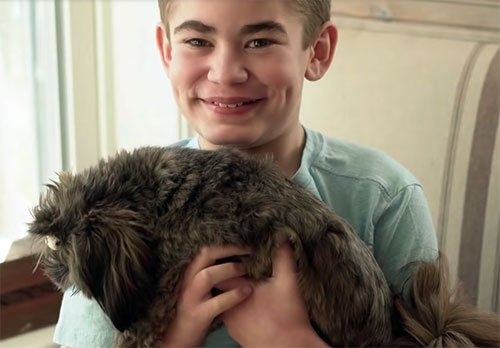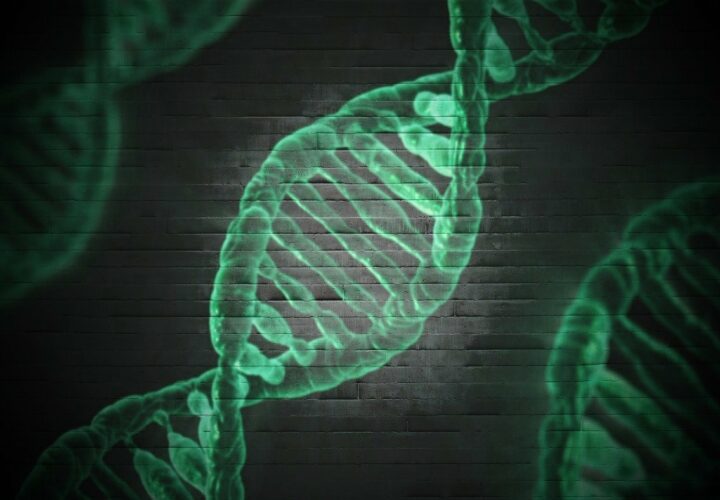Being Patient takes a closer look at two rare childhood illnesses that lead to dementia.
The term “childhood Alzheimer’s” suggests that it is a form of Alzheimer’s disease that specifically occurs in children. It turns out, this is a misnomer, according to Dr. Marc C. Patterson, a professor of neurology, pediatrics and medical genetics at the Mayo Clinic. Rather, “childhood Alzheimer’s” is a nickname used to describe two rare conditions resulting from genetic mutations.
According to Patterson, the most common childhood disease that produces progressive dementia is called Niemann-Pick disease type C (NPC).
In children, the first symptoms of NPC are clumsiness, along with progressive difficulty with balance, coordination, and speech. The cognitive impairment tends to be obvious somewhat later. Eventually, memory is affected, Patterson said, and as NPC progresses, children living with NPC will also struggle with language, planning and perception.
While the biological impacts of NPC on the body — cell death and damage to the nervous system — can produce symptoms that mimic Alzheimer’s disease, Patterson said that both neurologically and pathologically, this “childhood Alzheimer’s” is quite different from actual Alzheimer’s.
“In Alzheimer’s, a proportion of patients may suffer with seizures, but the motor manifestations are usually very mild,” he told Being Patient. NPC comes with seizures, and in about a quarter of cases an otherwise rare condition called gelastic cataplexy, which is linked to a loss of muscle tone.
Another childhood condition often referred to as “childhood Alzheimer’s” is Sanfilippo syndrome, a rare metabolic disorder which leads to fatal brain damage. Because it initially presents like autism, it is often underdiagnosed. Like Alzheimer’s, it also leads to impaired cognitive function, speech and mobility.
But unlike Alzheimer’s, both of these childhood illnesses stem from the same root issue: a lysosomal storage disorder.
What do lysosomal storage disorders do to the brain?
Lysosomes are parts of cells that act as a cell’s digestive system. Within a lysosome are enzymes that break down proteins, carbohydrates and lipids. In people with lysosomal storage disorders, cholesterol and other fatty substances build up in various parts of the body — including in the brain.
In NPC, the gene mutation leads to an accumulation of large molecules within cells, particularly cholesterol. Unlike in Alzheimer’s, where cell death is linked to the aggregation of protein biomarkers like beta-amyloid plaque and tau tangles in the brain, this gradual cholesterol accumulation is associated with dysfunction of neurons, and eventually, their death.
The neurons that take the hardest hit in NPC are called the Purkinje cells, which are associated with the output of the cerebellum — a part of the brain key to balance, coordination, articulation and swallowing.
Similarly, Sanfilippo syndrome also causes cellular malfunction and prevents the body from going through its natural recycling process. Its lysosomal storage issue is rooted in the lack of a specific enzyme which normally breaks down and recycles a molecule called heparan sulfate. Because children with Sanfilippo syndrome are missing this enzyme, the molecule builds up in the brain and begins the process of degeneration. This affects the nervous system by causing brain cells to fill up with waste. Unable to work properly, this causes Alzheimer’s-like symptoms.
The overlap between Sanfilippo, NPC and Alzheimer’s
As with Alzheimer’s, there are not yet cures for these two illnesses. Instead, families rely on existing treatments that are focused on mitigating some of the symptoms, and working with a coordinated team of experts — from speech pathologists to neurologists — to ease difficulties with swallowing, seizures, sleep issues, and muscle weakness, to improve quality of life.



